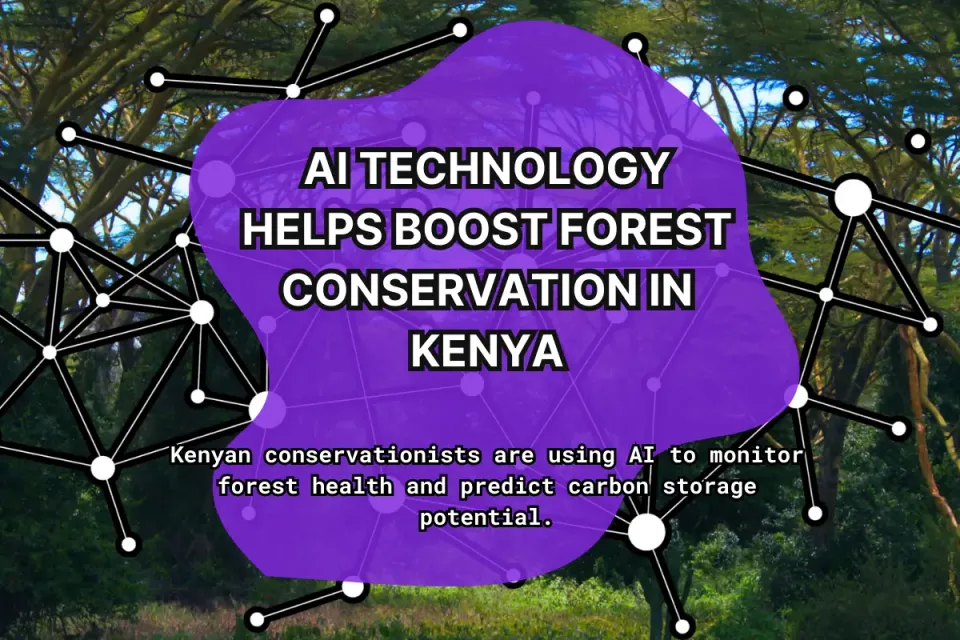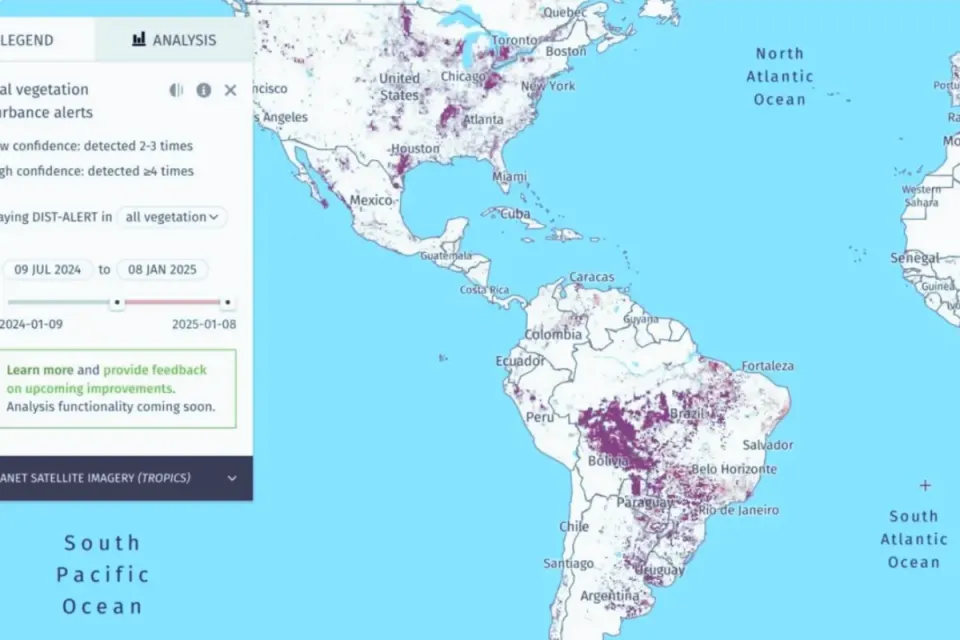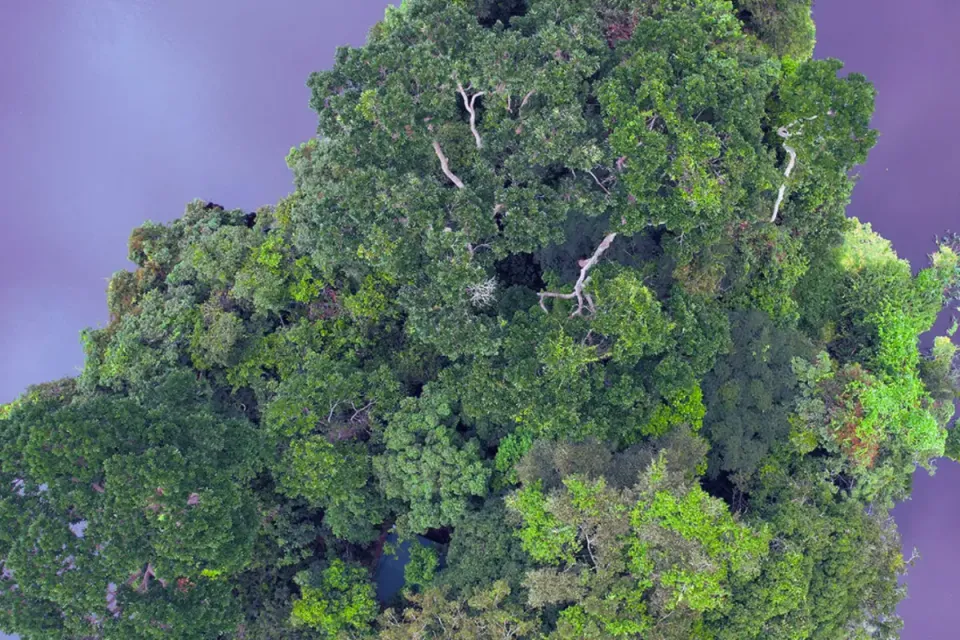South Africa's Integrated Biodiversity Data Portal 🌍📊
SANBI's redevelopment of the Biodiversity Advisor aims to integrate diverse datasets, making comprehensive biodiversity data for all of South Africa accessible from a single source.

🌍Transforming Biodiversity Data Access in South Africa
The South African National Biodiversity Institute (SANBI) is taking significant steps to create a coordinated and comprehensive biodiversity data platform. Despite the increasing availability of biodiversity information through various providers, a unified platform is missing. SANBI's redevelopment of the Biodiversity Advisor aims to integrate diverse datasets, making comprehensive biodiversity data for all of South Africa accessible from a single source.
🔍The Importance of Integrated Biodiversity Data
According to Daly and Ranwashe (2023), a unified biodiversity data platform is crucial for effective environmental management and policy-making in South Africa. By integrating geospatial, species, and ecosystem data, along with relevant literature, SANBI's initiative addresses the fragmented nature of current biodiversity information systems.
Why is this important? This consolidation will enhance the quality and usability of data, transforming it into actionable knowledge that supports conservation efforts and informed decision-making.
What impact do you think this unified platform could have on conservation in South Africa?
🌿Current State of Biodiversity Data Access
Numerous online platforms, such as iNaturalist, the Global Biodiversity Information Facility (GBIF), and the Biodiversity Geographic Information System (BGIS), provide valuable biodiversity data. However, accessing comprehensive data from a single source remains challenging. SANBI's current disparate information systems require a broad range of skills to support, leading to escalating management costs and inefficiencies.
🛠️ Pragmatic Solutions for Biodiversity Data Integration
SANBI's Biodiversity Advisor employs a Service-Oriented Architecture (SOA) to integrate existing independent datasets. This approach leverages existing investments, minimizing disruptions to current users.
Key features of the new system include:
- Access to geospatial data 🌍
- Species distribution data 🦜
- Ecosystem information 🌾
- Relevant literature 📚
By addressing challenges such as limited infrastructure, system complexity, and the lack of taxonomic identifiers, SANBI's solutions are both pragmatic and resource-efficient.
How can such integration efforts inspire other regions to improve their biodiversity data access?
🔓Open Source Data & Code
SANBI's initiative emphasizes the importance of open source data and code, promoting transparency and community engagement. The integrated platform will make extensive use of open-source technologies, allowing users to access, share, and contribute to the wealth of biodiversity data. This collaborative approach will enhance data quality and foster innovation in biodiversity research and conservation. Read the open source code on Github.




